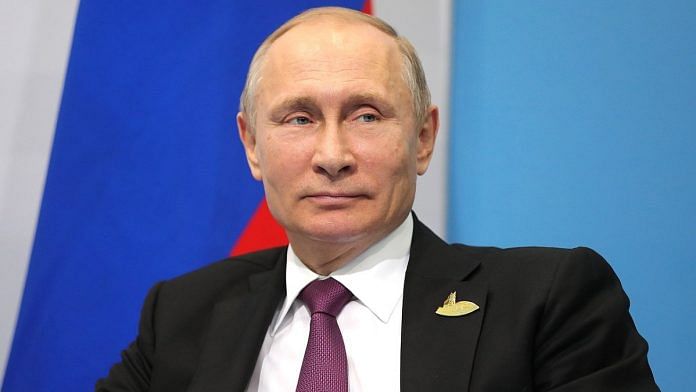What is digital media’s role in the war that Russia is waging in Ukraine? Global online platforms play a role in disseminating information and promoting narratives about the conflict; how has this war changed our understanding of the role of digital media in political communication? We draw on the internet’s role in propaganda and disseminating false information.
It has been six months since the war began. The primary focus of the world media is on the types of weapons being used by the Russian forces and the Ukrainian resistive army. There is a plethora of information and figures on the supply of high-tech weapons by the Western liberal world to Ukraine to fight Russia. But the very idea of war in this changing world is not constant. The new dynamics of war not just include conventional weapons, but the internet is also one of the crucial tools of weapons being deployed by both countries.
A week ago, a video was published on Twitter by the Defense Ministry of Ukraine, wherein an S-400 missile defence system can be seen floating on a children’s swimming pool balloon and targeting Crimea’s Kerch Bridge. Surprisingly, the video has garnered billions of views on social media platforms like YouTube, Twitter and Facebook. At first instance, it seems so natural. It takes just a second to apply some common sense and decipher how a missile defence system that weighs hundreds of tonnes can float on a balloon, but still, a large section of the public who watched this video believed it to be true. This demonstrates the power social media holds in influencing one’s views. Russian forces can be seen installing fake S-400 missile defence systems to deter Ukraine in several social media posts and interviews. Russia’s war on Ukraine has highlighted and shed new light on how social media can be used as a weapon in information warfare. This war is not just limited to a territorial fight, but it is also as much based on a battle over information, propaganda and rhetoric.
Also read: 2 Moscow-backed separatist regions in Ukraine plan referendums on joining Russia
Propaganda has been implicitly embedded into this war. The 24 February address by Vladimir Putin, where he mentions neo-Nazi Ukraine and a threat to the Donbass region, was a part of his larger propaganda to invade Ukraine.
Six months into the war, it is headed nowhere; both countries are just trying to win over one another in terms of rhetoric. The globalised world has landed a smartphone on everyone’s hands with an internet connection and radically changed how we consume news about global events from highly centralised state media to a much more diversified source of information. Both countries are exploiting this aspect to further their narratives. Information warfare acts as a double-edged sword; on the one hand, it helps in disseminating live ground reports, which can help in humanitarian aid and assistance. On the other hand, it accentuates the development of diverging rhetoric. These tactics are being used to boost the morale of soldiers and citizens simultaneously to hold on and not lose hope vis-à-vis also in demoralising the armies of the enemy country.
Therefore, we must not be swayed away by all the misinformation and propaganda on the internet; always consult multiple sources of information and follow stories from verified and trusted sources before shaping our perspective.
Akshay Triloknath Maurya is a student at Jawaharlal Nehru University. Views are personal.







